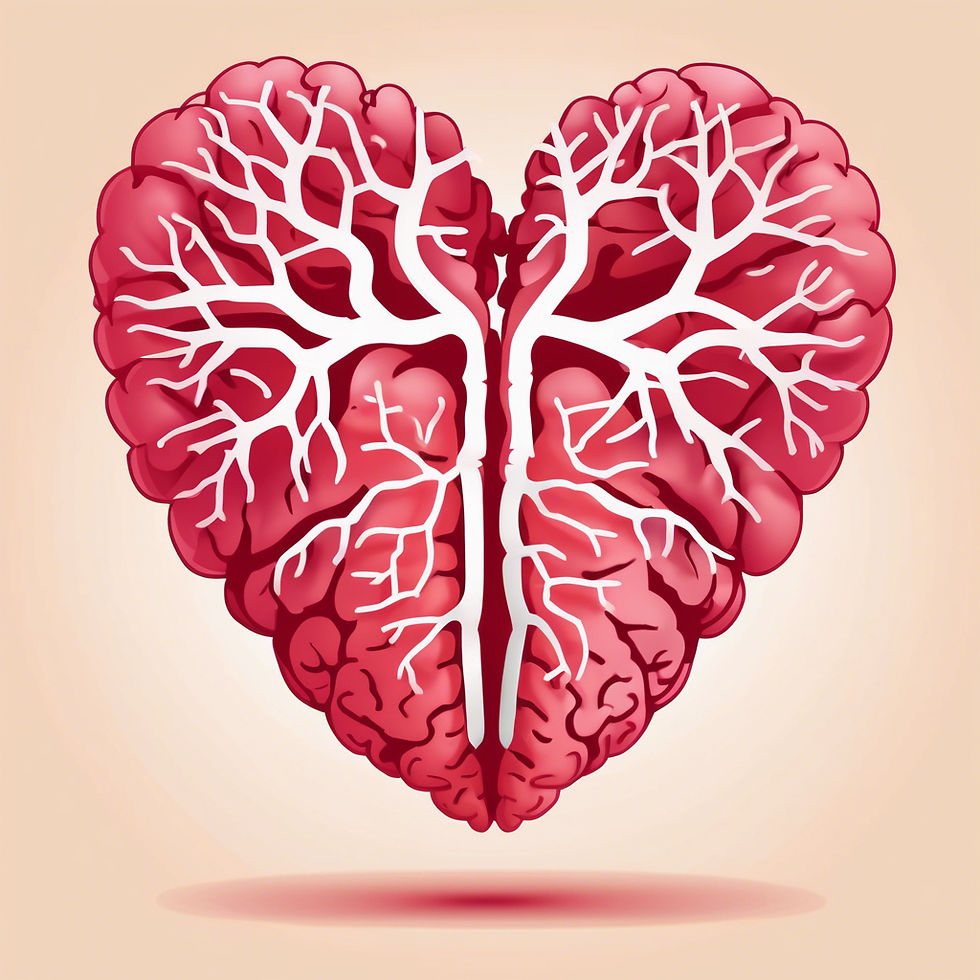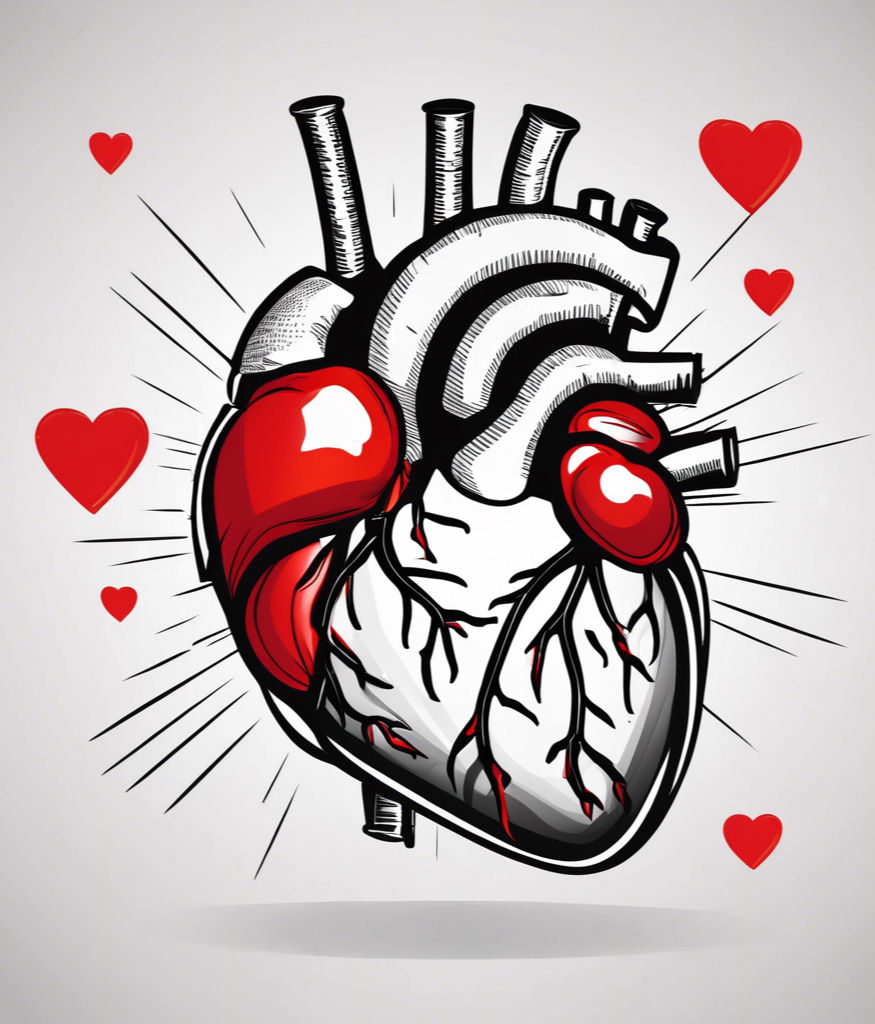How to Think Your Way to a Healthier Heart: The Neuroscience of Heart-Brain Coherence
- rookeridout
- Mar 31
- 3 min read
Did you know the greatest love story exists between your thoughts and feelings within your body? This isn’t just a poetic idea; emerging neuroscience reveals that the heart and brain are in constant communication. This two-way dialogue, known as heart-brain coherence, occurs when the heart’s rhythms and brain waves align, creating a harmonious flow of information.
For decades, we’ve been told that heart disease stems solely from poor diet, lack of exercise, and genetics. What if I told you that your thoughts and emotions play an equally significant role? By understanding this mind-body connection, you can think your way to a healthier heart. Buckle up as we dive into the fascinating world where cardiology meets neuroscience!

How Stress Sabotages Your Heart
Chronic stress is as damaging to your heart as smoking, diabetes, hypertension, and high cholesterol. When stressed, your body releases hormones like cortisol and adrenaline, increasing heart rate, blood pressure, and irregular heartbeats—key contributors to strokes and heart disease.
A 2017 study published in The Lancet found that heightened activity in the amygdala (the brain’s fear and stress center) can predict heart disease, even in individuals without traditional risk factors. Researchers discovered that people with higher stress levels had increased bone marrow activity, which led to arterial inflammation, the primary cause of heart attacks and strokes.
Another study by Steptoe & Kivimäki (2012) found that participants experiencing chronic stress had a 27% higher risk of heart disease compared to those with lower stress levels. These findings confirm the alarming impact of stress on cardiovascular health.
Can You Rewire Your Brain to Heal Your Heart?
If being stressed damages the heart, can being calm heal it? Yes.
A 2019 study in Frontiers in Psychology found that mindfulness meditation, deep breathing, and gratitude practices significantly improve heart-brain coherence. Participants who engaged in these techniques for just 10 minutes a day experienced increased heart rate variability (HRV), a key marker of cardiovascular health, along with lower stress and anxiety.
Mindfulness reshapes the brain through neuroplasticity, breaking the habitual cycle of stress and rewiring thought patterns toward resilience and relaxation.
One particularly effective method is the HeartMath Quick Coherence
Technique:
Focus on your heart. Shift your attention to your heart area and breathe deeply.
Activate a positive feeling. Recall a joyful memory or something that fills you with appreciation.
Sustain this state. Maintain this feeling as you continue slow, steady breathing.
Practicing this regularly trains your body to remain in coherence, reducing stress and enhancing heart health.
Will You Wait for a Crisis to Change?
Too often, people wait for a crisis/trauma before making changes. Take John as an example, an ambitious professional who prides himself on long hours, skipped meals, and minimal sleep. His ability to "power through stress" cost him dearly when he suffered a heart attack during a conference.
According to the American Heart Association, nearly half of all heart attacks are stress-induced. John became one of 805,000 Americans who experience heart attacks each year. Don’t wait for a crisis to prioritize your well-being.
Conclusion:
Your heart is more than a pump—it’s a barometer of your emotions. Every thought and feeling sends ripples through this intricate system, shaping your health in ways you might not even realize.
By fostering heart-brain coherence, you can transform stress into strength, chaos into calm, and fear into love.
So, the next time your heart races or your mind spirals, pause.
Breathe deeply.
Recall a memory that fills you with joy.
Feel your heart’s rhythm and the quiet power of your mind.
In that moment of coherence, you’ll not only cultivate a healthier heart but also a fuller, more vibrant life. The most beautiful part? Healing doesn’t come from something external—it comes from within you.


